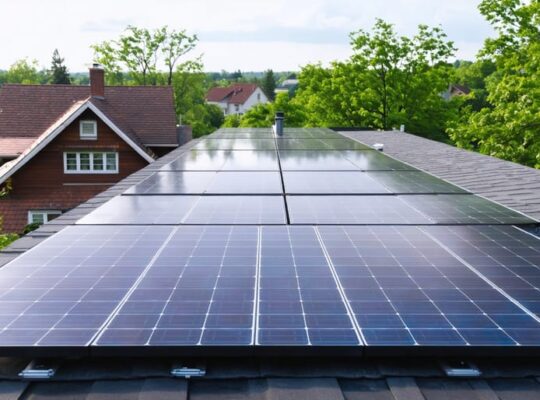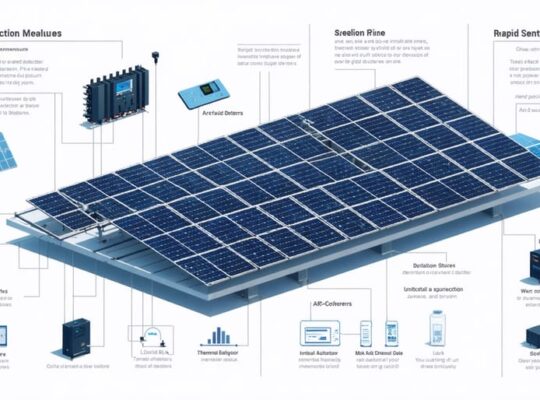Why Your PV-Battery System Might Fail Inspection (And How to Prevent It)
Photovoltaic systems coupled with battery storage represent one of the fastest-growing sectors in renewable energy, yet they introduce significant safety considerations that demand rigorous attention to compliance standards and installation protocols. When DC voltage from solar arrays meets high-capacity lithium-ion batteries in residential and commercial settings, the potential for electrical hazards, thermal runaway events, and fire risks increases substantially without proper safeguarding measures.
The regulatory landscape governing PV and battery storage installations has evolved rapidly, with standards from the National …










